Encountering the "black screen of death" on your Windows 10 computer can be a nerve-wracking experience. It's that dreaded moment when your screen goes pitch-black, and you're left wondering what went wrong. But don't panic! In this blog, we'll walk you through the common causes of this issue and, more importantly, how to fix it.
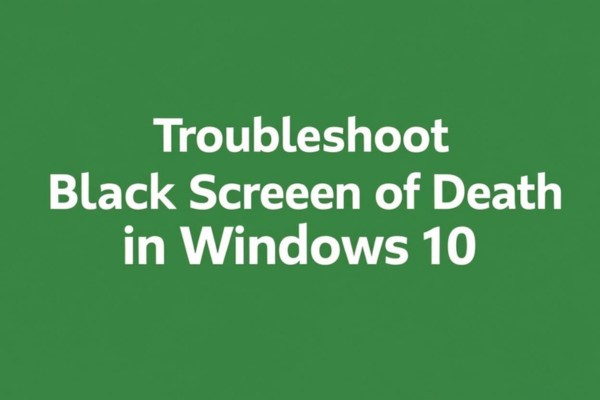
What Causes the Black Screen of Death Windows 10?
There are several factors that can trigger the black screen of death windows 10. Let's take a look at some of the most common ones.
Display-Related Problems
Problems with your display cables, monitors, or video cards can also cause the black screen death. A loose or damaged cable might prevent the video signal from reaching the monitor. Or, if your video card is malfunctioning, it won't be able to output the correct display, resulting in a black screen death.
Windows Update Issues
Windows updates are meant to improve your system, but sometimes they can cause problems. An incomplete or failed update can result in the black screen death. Maybe the update didn't install all the necessary files correctly, or there was a compatibility issue with your existing software or hardware.
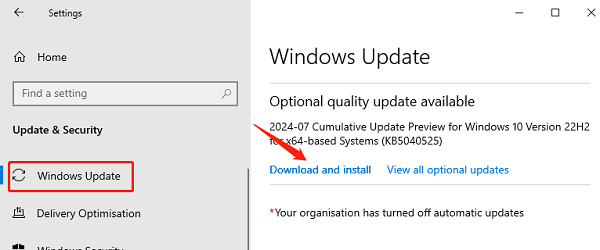
Software and Driver Errors
Outdated, corrupted, or incompatible software and drivers can also be the culprits. For example, if you recently installed a new program that has a bug, it could cause the system to freeze and display a black screen. Similarly, graphics card drivers that are not up-to-date can lead to display issues, including the black screen of death.
Power Supply Issues
A faulty power supply unit (PSU) can't provide enough power to your computer's components. This can cause the system to freeze and show a black screen. Sometimes, upgrading to a more power-hungry component, like a new video card, without upgrading the PSU can also lead to power-related issues.
How to Fix the Black Screen of Death in Windows 10
Method 1: Check the Monitor and Connections
The first step in troubleshooting a black screen is to ensure that your monitor and its connections are in good working condition.
Power and Connection Check: Make sure your monitor is plugged into a working power source and that the power indicator light is on. Then, check the HDMI, DisplayPort, or VGA cables connecting your monitor to the computer. Unplug and replug the cables firmly at both ends to rule out loose connections. Sometimes, a simple loose cable can cause the black screen of death windows 10 issue.
Monitor Testing: If possible, test your monitor with another computer or device. This will assist you in ascertaining whether the issue is with the monitor itself. If the monitor works fine with another device, the issue is likely with your computer. Also, try switching to different input sources on the monitor. For example, if you usually use HDMI, switch to DisplayPort or vice versa to see if that resolves the problem.
Display Mode Selection: Press "Win + P" on your keyboard. This brings up the display mode options. Select the correct display mode, such as "Extend", "PC screen only", or "Second screen only".Sometimes, an incorrect display mode can result in a black screen of death windows 10.
Method 2: Restart File Explorer
If you can see the mouse cursor on the black screen, it might be a problem with File Explorer. To restart it:
Press Ctrl + Alt + Delete on your keyboard. Select "Task Manager" from the options.
In Task Manager, click on "File" and then "Run new task".
Type "explorer.exe" in the dialog box and hit Enter. This should restart File Explorer and hopefully bring back your desktop.
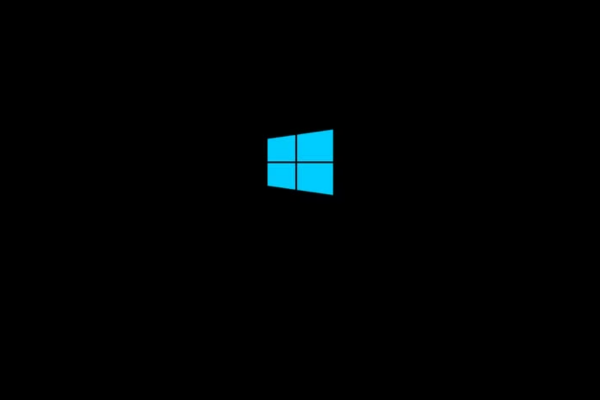
Method 3: Solve Installation-Related Black Screens
If the black screen appears during a Windows 10 installation:
Check if the hard drive LED is blinking. If it is, the installation might still be in progress, just slow. Wait a while longer.
If there's no HDD activity, hold the power button for five seconds to turn off the computer. Disconnect any non-essential peripherals, then turn the computer back on. The installation should restart. If not, and you're updating from an old Windows version, try using the media creation tool to install Windows 10.
If a device driver has failed, reboot the computer into Safe Mode. To do this, restart the computer and hold F8 or Shift + F8. If that doesn't work, turn the computer off and on during the Windows splash screen. On the third attempt, it should boot into Safe Mode. Once in Safe Mode, you can try to fix the driver issue.
Method 4: Update Graphics Drivers
Graphics driver problems are a common cause of the black screen of death in Windows 10. Updating or rolling back the graphics driver can often resolve the issue. We recommend using PcGoGo Driver Sentry for this task.
Download and Installation: Click the download button on the PcGoGo website to get the latest version of PcGoGo Driver Sentry. After installing the software, open it. You'll see a prominent "Scan" button. Click it to start scanning your system for outdated or missing drivers.
Driver Update: Once the scan is complete, PcGoGo Driver Sentry will show you a list of drivers that need updating. Locate the graphics driver in the results list and click the "Update" button. The software will then automatically download and install the latest and most compatible version of the driver.
Restart for Changes: After the update is complete, it's crucial to restart your computer. This ensures that the updated driver is properly loaded and functioning. A restart can also clear any temporary glitches that might be contributing to the black screen problem.
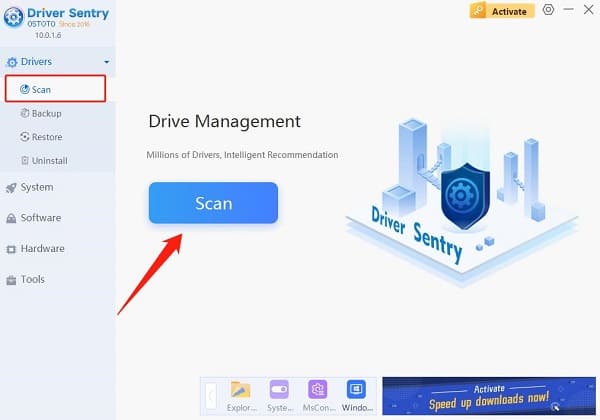
Method 5: Resolve Software-Caused Black Screens
When a software glitch causes the black screen of death windows 10:
Try running the program that might be causing the issue at a different resolution. Right-click on the program's shortcut, select "Properties", and go to the "Compatibility" tab. Here, you can change the resolution settings.
Run the software as an administrator. Right-click on the program and select "Run as administrator".
Update the software to the latest version. If that's not possible, you might need to revert to an older version of the software.
Method 6: Check Your Display Setup
Inspect your display cables. Make sure both ends of your DVI, HDMI, or DisplayPort cables are firmly plugged inand the cords are not damaged.
If you recently upgraded your monitor, ensure your connection can handle the new resolution. Some DVI and HDMI versions can't support resolutions above 1080p.
If you have a discrete video card, try removing it and using the motherboard's integrated video. If the monitor works with the integrated video, the discrete video card is likely the problem. Update the video card driver using PcGoGo Driver Sentry. If you recently updated the driver, revert to an older version. Also, check the video card for visible signs of damage, like a broken cooling fan or charred components.
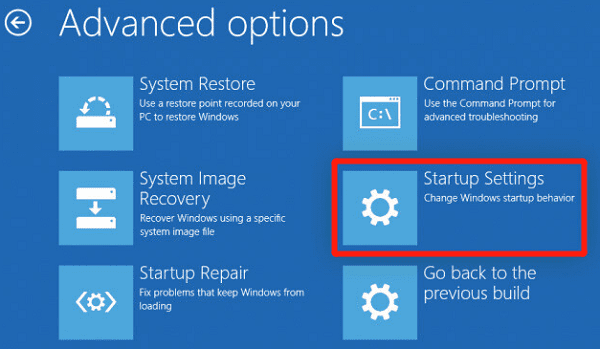
Method 7: Use Safe Mode to Repair
Boot your computer into Safe Mode as described earlier.
Once in Safe Mode, press Win + X and select "Device Manager".
Expand "Display adapters", right-click on the adapter, and select "Disable".
Restart your computer. If this works, run a Windows Update to download the latest device drivers.
Conclusion
The black screen of death in Windows 10 can be a real headache, but with these methods, you should be able to troubleshoot and fix the problem. Whether it's a simple restart, updating drivers with PcGoGo Driver Sentry, or checking your hardware, there's a solution for most cases. If you've tried all these steps and are still facing the black screen, it might be time to seek professional help. But don't let the black screen of death get you down. With a bit of patience and some technical know-how, you'll have your Windows 10 computer up and running again in no time.